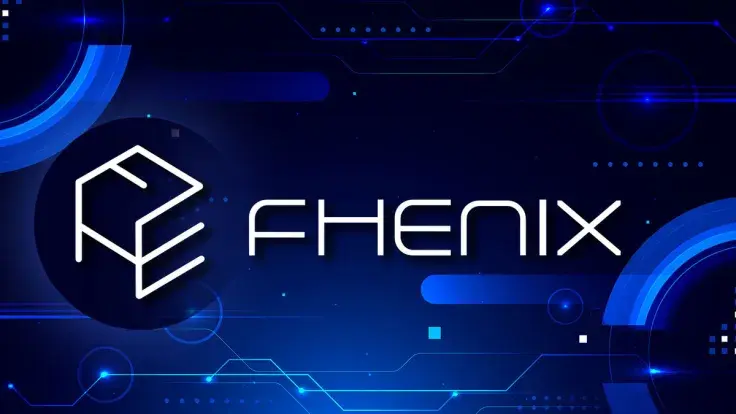
Fully Homomorphic Encryption (FHE) rollups represent an innovative approach to infusing EVM-based networks with confidentiality. The Fhenix team shared a whitepaper to explain the way crypto segment and real-world spheres can implement FHE Rollups and benefit from them.
L2 innovator Fhenix releases first tech whitepaper for Fully Homomorphic Encryption (FHE) rollups
Web3 development team Fhenix published what it calls the first iteration of its "rolling tech whitepaper." It indicates the key elements of Fully Homomorphic Encryption (FHE) rollups, a privacy-focused technology of scaling for Ethereum (ETH) and other mainstream EVM networks.
Right now, Fhenix ensures data integrity by running a variation of Arbitrum Nitro's fraud prover, which can do fraud proofs over the WebAssembly Virtual Machine (WASM). This has allowed the team to compile FHE logic to WebAssembly and run it in a secure way on WASM code, rather than on the native Ethereum Virtual Machine (EVM) itself.
Before Fhenix, competitive tech design relied on three pillars in their development and adoption. It leveraged Trusted Execution Environments (TEEs) to ensure that transactions were decrypted and computed upon within a secure environment.
Then, Secure Multi-Party Computation allowed linear secret-sharing and garbled circuits rather than FHE technology. Last but not least, ZK techniques are more suited for verifying computations, instead of actually running confidential smart contracts.
By contrast, FHE by Fhenix represents a modular system that separates the Sequencer, Validator and Data Availability (DA) layers. Ethereum handles the data settlement and DA component, while Fhenix handles the Sequencer (execution) and Validator (transaction validation).
Introducing fheOS library and Threshold Services Network (TSN)
This separation of components allows FHE rollups to execute more efficiently while still having the necessary access to Ethereum's DA.
The core FHE logic sits in Fhenix fheOS library, a software programming library that contains everything that a developer needs to begin implementing FHE logic into their smart contracts.
A key technology used is the so-called Threshold Services Network (TSN), useful for tasks such as decrypting data when necessary. An example of decryption being necessary could include announcing the outcome of a vote, which requires tallying votes. The TSN would decrypt the data and then return it.
For further development, Fhenix chose an optimistic oracle architecture as it best suits FHE needs and avoids the cost of replicating expensive FHE computations across all Ethereum nodes.
 Caroline Amosun
Caroline Amosun Gamza Khanzadaev
Gamza Khanzadaev Denys Serhiichuk
Denys Serhiichuk Tomiwabold Olajide
Tomiwabold Olajide